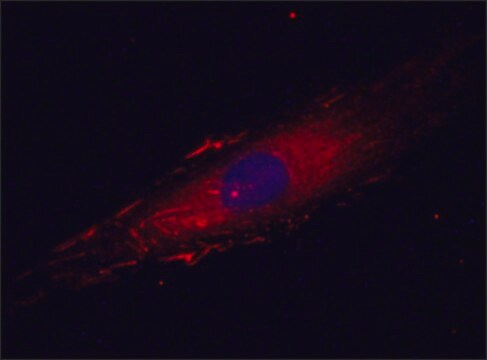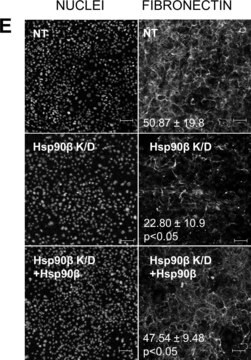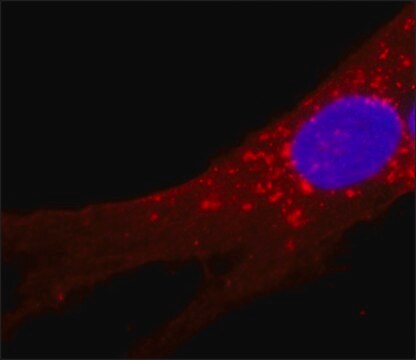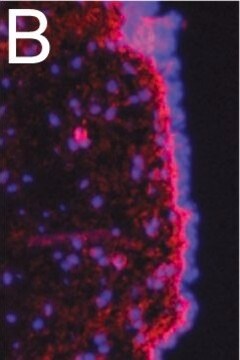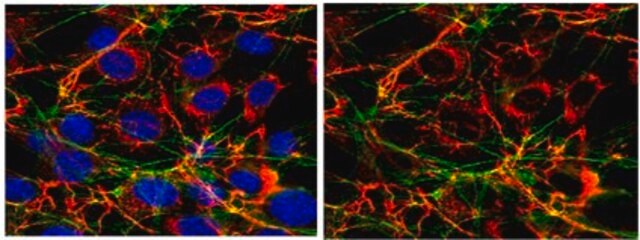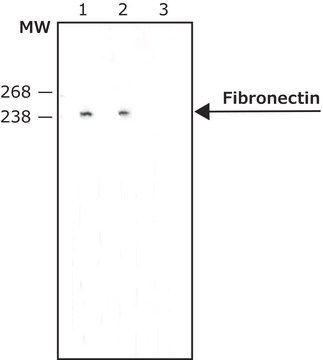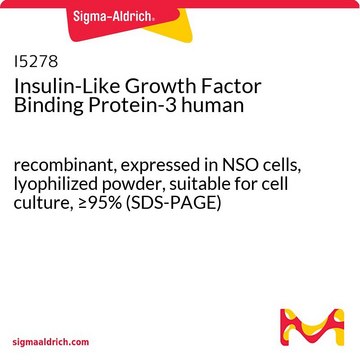Kluczowe dokumenty
SAB4200845
Anti-Fibronectin Antibody
mouse monoclonal, IST-3
Synonim(y):
Mysz anty-FN
About This Item
Polecane produkty
Nazwa produktu
Przeciwciało przeciw fibronektynie, mysie monoklonalne, clone IST-3, purified from hybridoma cell culture
forma przeciwciała
purified from hybridoma cell culture
Poziom jakości
klon
IST-3
Formularz
liquid
reaktywność gatunkowa
sheep, chicken, human, bovine, goat, dog, rabbit
stężenie
~1 mg/mL
metody
immunofluorescence: 2.5-5 μg/mL using human foreskin fibroblast Hs68 cells
izotyp
IgG1
numer dostępu UniProt
Warunki transportu
dry ice
temp. przechowywania
−20°C
docelowa modyfikacja potranslacyjna
unmodified
Opis ogólny
Specyficzność
Zastosowanie
Działania biochem./fizjol.
Postać fizyczna
Przechowywanie i stabilność
Oświadczenie o zrzeczeniu się odpowiedzialności
Kod klasy składowania
12 - Non Combustible Liquids
Klasa zagrożenia wodnego (WGK)
nwg
Temperatura zapłonu (°F)
Not applicable
Temperatura zapłonu (°C)
Not applicable
Wybierz jedną z najnowszych wersji:
Certyfikaty analizy (CoA)
It looks like we've run into a problem, but you can still download Certificates of Analysis from our Dokumenty section.
Proszę o kontakt, jeśli potrzebna jest pomoc Obsługa Klienta
Masz już ten produkt?
Dokumenty związane z niedawno zakupionymi produktami zostały zamieszczone w Bibliotece dokumentów.
Global Trade Item Number
| SKU | GTIN |
|---|---|
| SAB4200845-100UL | |
| SAB4200845-25UL |
Nasz zespół naukowców ma doświadczenie we wszystkich obszarach badań, w tym w naukach przyrodniczych, materiałoznawstwie, syntezie chemicznej, chromatografii, analityce i wielu innych dziedzinach.
Skontaktuj się z zespołem ds. pomocy technicznej
